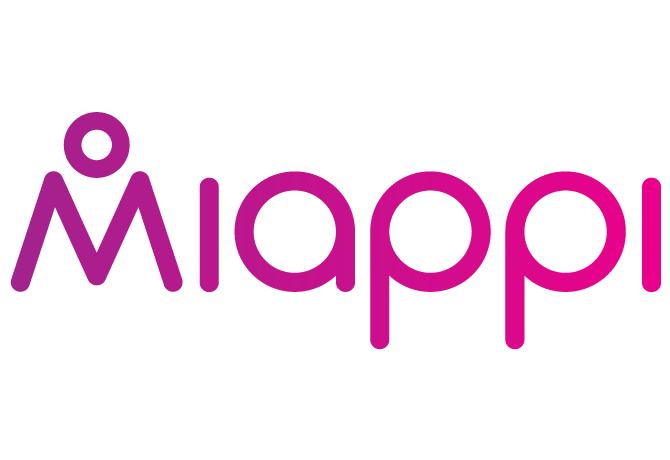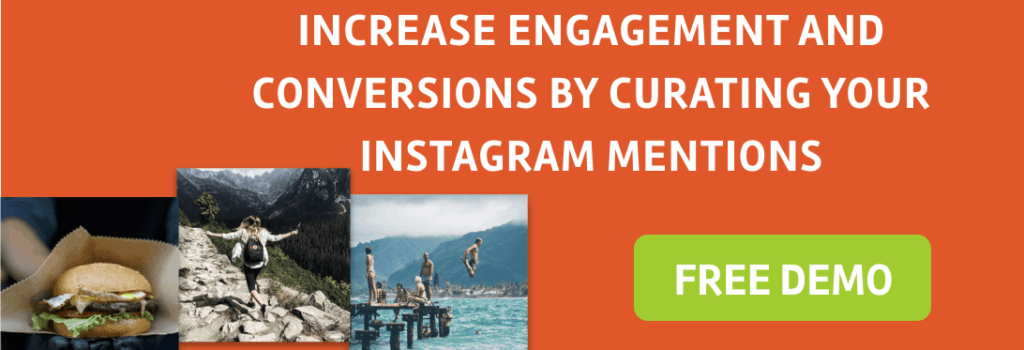Instagram Feed On Website: Why and How to Embed the Instagram Feed

In fact, used strategically, user-generated content from Instagram can even help to boost conversions on e-commerce sites and lead generation sites. That’s why many people use them on microsites, product pages and more. The number of potential use cases is almost infinite. There are as many use cases for an embedded Instagram feed as there are for web pages in general.
On top of that, Instagram has grown rapidly since its inception to become one of the world’s largest social networking sites, with over 1 billion users. Instagrammers like over 4.2 billion posts per day and 80% of users follow a business on Instagram. It has a higher interaction rate than other popular social networks, and its users are more comfortable with shopping on mobile than users of other social networking sites.
Why embed an Instagram feed?
3 Benefits to Encourage you to add an Instagram Feed on Your Website
-
Increase in dwell-time
The statistics don’t lie. Embedding social media content on your website can lead to a 300% increase in dwell-time while tapping into user-generated content can lead to a 50% lift in engagement for social media campaigns and increase the conversion rate for shoppers by up to 90%. You don’t have to embed an Instagram feed on your website, but it’ll make a huge difference if you do. It’s especially worth it when you consider just how easy it is to embed a feed. It’s a little tweak that can make a huge difference.
-
Picking up likes, comments and follows
Another benefit to embedding an Instagram feed on your website is that people are able to use their own existing Instagram accounts to interact with it from right there on your website. This additional exposure can help you to pick up likes, comments and follows without any additional effort after initially embedding the feed.
-
Many possibilities to customise the design
On top of that, there are many different Instagram feed tools out there on the market, with each of them offering different abilities and customisation options. That means it should be easy for you to find a widget that looks good within the design of your website while still offering all of the features you need.
How to embed the Instagram feed on website?
- The vast majority of Instagram feed tools are easy to use and can be embedded into any website which supports basic programming languages like HTML and Javascript. In WordPress, for example, you can easily go into any page or post, view the source code and then copy and paste the text that your tool of choice uses.
- Instagram itself allows you to embed single posts onto your website, and it automatically adds a line of credit that links through to the original post. To embed a post, you can visit the URL for it in your web browser and click the […] button before selecting “embed”. This will provide a small snippet of code that you can copy and paste into your website’s source code. Another option is to use WordPress’ built-in shortcode: [Instagram url=http://www.instagram.com/p/yourphotosurl/].
- Other than that, you’re looking at installing a specific Instagram feed tool as a widget on your website. One option is to work with us at Miappi. We allow you to create social media widgets that pull together feeds from your social networking sites of choice before embedding them on your website. Click here to find out more.
Instagram feed use cases
We’ve already talked a little bit about how Instagram feeds can be used in almost any situation. Just a few of the most common use cases include on content sites, on lead generation sites and on e-commerce stores, where they can encourage visitors to make a purchase by showing the products in real-world environments. Wherever you use UGC, it’s going to improve your website’s performance, which is why putting them on product pages can be such a good idea.
Campaign microsites can also be great places to include an Instagram feed, especially if you’re asking people to use your hashtag. You can even bring the two ideas together to run Instagram competitions that allow people to make submissions that will appear on the microsite. This more strategic approach to using an Instagram feed can give your brand an edge that other brands just don’t have access to.
Blog sections are also a good place to embed Instagram feeds and other user-generated content, mainly because it can help to boost dwell time and encourage people to spend more time on your website. It can also be a good way of encouraging people to follow you on social networking sites if they aren’t already. They might even make a post themselves and help to expand the overall reach of your brand while simultaneously providing new content that can be embedded.
What’s next?
Now that you know how to embed an Instagram feed on your website, the next step is for you to go ahead and do it. Figure out which tool works best for you and then add it to your site and see how it performs. Be sure to take benchmark measurements of all of your key metrics before you configure the feed so that you can track the way that it affects conversion rates, dwell times and more.
It’s a good idea to find a tool that allows you to hold posts in a queue and to moderate them so that you always approve them before they’re displayed on your website. The exception to this is when you need a rapid response time, such as if you regularly receive large spikes of traffic to your website or if you work in a fast-moving industry. It may be better to turn off moderation at events as well, because if it takes too long for people to see their posts, they won’t bother posting them. It’s all about finding a trade-off.
Remember, if you’re looking for a powerful tool for finding and displaying user-generated content on Instagram and other social networking sites, we’ll be more than happy to help you. Here at Miappi, we specialise in making the valuable visible, discovering, curating and displaying the very best of your user-generated content. Click here to find out more.





